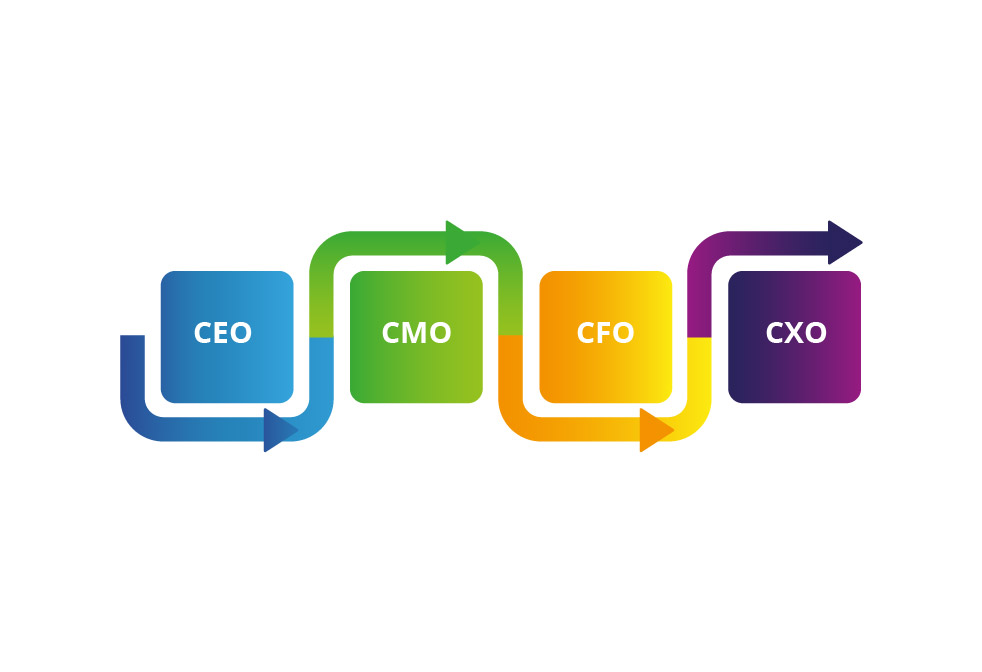Design Thinking Enables Customer Centricity
We live in an age in which the customer is all-pervasive. Taking a closer look into customer needs, wants and aspirations hence become a paramount factor for being relevant in the marketplace. Do you know that through Design Thinking, one can keep a track of customers’ future needs and remain relevant to their needs?
Design Thinking – Key Drivers

Design Thinking starts from all the key stakeholders within the organization such as the CEO, CFO, CMO, and the CXOs- all are involved in putting in place a Design Thinking framework within the organization. What is driving Design Thinking is the organizations’ intent to change and arrive at higher performance and efficiencies. Managing change hence is imperative, if you refuse to change and stop innovating to the current market dynamics, leaders will soon become laggards.
Let me draw your attention to well-known multinational brands, which were once leaders in their respective domains such as Kodak, Sony Walkman, Nokia, and Blackberry, have already become almost unknown in the marketplace due to new market entrants, like, Samsung, and Apple. If these companies could have been able to connect Design Thinking by developing a unified mindset by merging analytical and intuitive thinking, they may have had the unprecedented opportunity of innovating to the market demands and better faced the onslaught of competition.

DESIGN THINKING- DEMYSTIFIED
At the heart of the Design Thinking framework is analyzing and hypothesizing the customer’s reaction in four broad main areas:
- Functionality of the product or service.
- The usability of the product or value of the service offered.
- Decision making based on aesthetics.
- The overall emotional appeal of the product or service presents.
In addition to leveraging technologies and concepts like Machine Learning, Natural Language Processing, and Predictive Analytics, alertness about Design Thinking will help companies across different sectors in preparing their operational strategies.
A CULTURAL REVOLUTION
A huge amount of investment by companies goes into the development of human resources and re-skilling employees for the jobs of the future as well as their approach to talent procurement and retention has changed. While processes and latest technologies will help in bringing about this change quickly, the actual ‘Cultural Revolution’ exists in employees and their eagerness to adapt to the ‘Design Thinking’ process.
What it means is the need for higher learning and unlearning as the new technologies evolve and impact both the supply and demand sides. We need to create a resilient foundation for humans, assisting them to do work with compassion and soulful interaction. For instance, Artificial Intelligence will play a powerful role in identifying individual developmental skills, which can help workers in taking a much-needed career leap.
The ways of doing business are changing like never before with the help of new developments in technology. For example, in the Banking and Financial Services (BFS), ways to make payment and customer service have altogether challenged the conventional banking practices as customers to demand greater speed and operations agility with 100% security.
Hence it will not be an exaggeration to say, probably, this is for the first time when the public-at-large has a substantial amount of power over business and the way they are serviced. This has eventually created a huge number of opportunities for companies to invent unconventional methods and services empowering the new needs of the consumers.
THE ALL-PERVASIVE CONSUMER
Being connected digitally encompasses all aspects of daily human life – right from the way people interact (Facebook, Twitter, WhatsApp, and Gmail, among others) to the economic landscape, being aware of the political events, and the skills needed to find a job. These days, consumers have completely incorporated technologies and are using urbane user experience platforms, which they expect to be delivered by companies and their much-loved brands.
( The author is Director and Executive Vice Chairman, Nihilent)
Most Read
May 28, 2019
Driving Operational Excellence Through Design Thinking
February 11, 2020
The Art of Data Science
June 12, 2019
Financial Inclusion through Digital Diversification





